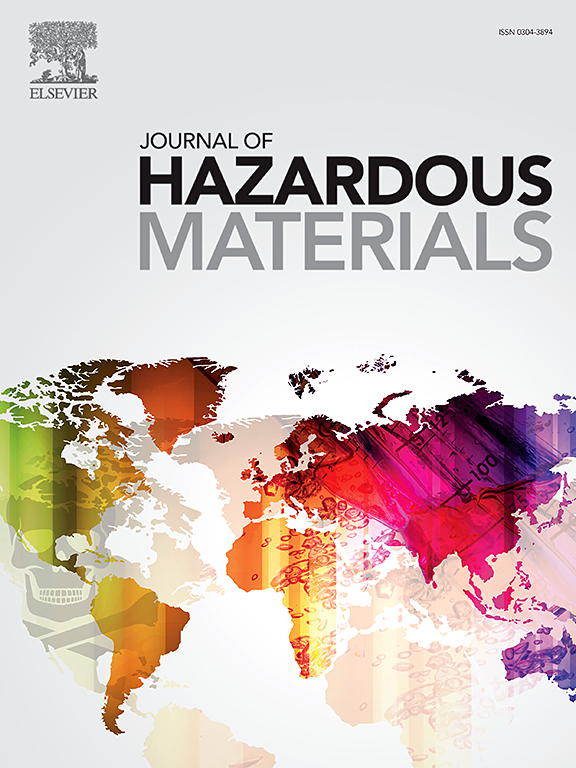Pesticide mixture effects on physiological stress and morphology of growing wild nestlings
IF 12.2
1区 环境科学与生态学
Q1 ENGINEERING, ENVIRONMENTAL
引用次数: 0
Abstract
Synthetic pesticides may pose a risk to non-target organisms, notably farmland birds, through their hazardous effects on life-history traits, but their impacts on growth and physiological stress have never been assessed in natura. We investigated these effects on skeletal growth, mass gain, body condition and physiological stress (basal and stress-induced corticosterone secretions) of 35 nestlings of Circus pygargus, a farmland apex predator, blood-sampled twice during their development. We found contamination levels ranging from 0 to 9 pesticides detected out of the 116 searched. We observed an age and sex-dependent pattern of pesticide mixture effects on nestlings’ growth and baseline corticosterone. Males (≤17 days old) having shorter tarsus when their pesticide load was high while this was found in older females (≥18 days old). Higher pesticide loads were linked to poorer body condition of young nestlings irrespective of their sex. Similarly, depressed corticosterone secretion was found in more contaminated young nestlings, and in females irrespective of their age. These alterations observed in young nestlings are caught up later during their development. No relationship between contamination levels and stress-induced corticosterone was found. Including other life-history traits would provide more information on other stress endpoints and potential energetic trade-offs between an active defence against pesticides and important functions of the organism.

混合农药对生长野生雏鸟生理应激及形态的影响
合成农药可能对非目标生物,特别是农田鸟类,通过其对生活史性状的有害影响构成风险,但其对生长和生理应激的影响从未在自然界中进行过评估。研究了这些因素对35只农田顶端捕食者皮gargus雏鸟骨骼生长、体重增加、身体状况和生理应激(基础和应激诱导的皮质酮分泌)的影响。我们发现,在116种农药中,检测到的污染程度从0到9不等。我们观察到混合农药对雏鸟生长和皮质酮基线的影响呈年龄和性别依赖模式。雄性(≤17日龄)在农药负荷高时跗骨较短,而老年雌性(≥18日龄)则出现这种情况。无论雏鸟性别如何,较高的农药负荷与雏鸟较差的身体状况有关。同样,在受污染程度较高的雏鸟中发现皮质酮分泌水平较低,而且不分年龄的雌鸟。在雏鸟身上观察到的这些变化在它们的发育后期被捕捉到。污染水平和应激诱导的皮质酮之间没有关系。包括其他生活史特征将提供更多关于其他应激终点的信息,以及在对杀虫剂的积极防御和生物体的重要功能之间潜在的能量权衡。
本文章由计算机程序翻译,如有差异,请以英文原文为准。
求助全文
约1分钟内获得全文
求助全文
来源期刊

Journal of Hazardous Materials
工程技术-工程:环境
CiteScore
25.40
自引率
5.90%
发文量
3059
审稿时长
58 days
期刊介绍:
The Journal of Hazardous Materials serves as a global platform for promoting cutting-edge research in the field of Environmental Science and Engineering. Our publication features a wide range of articles, including full-length research papers, review articles, and perspectives, with the aim of enhancing our understanding of the dangers and risks associated with various materials concerning public health and the environment. It is important to note that the term "environmental contaminants" refers specifically to substances that pose hazardous effects through contamination, while excluding those that do not have such impacts on the environment or human health. Moreover, we emphasize the distinction between wastes and hazardous materials in order to provide further clarity on the scope of the journal. We have a keen interest in exploring specific compounds and microbial agents that have adverse effects on the environment.
 求助内容:
求助内容: 应助结果提醒方式:
应助结果提醒方式:


